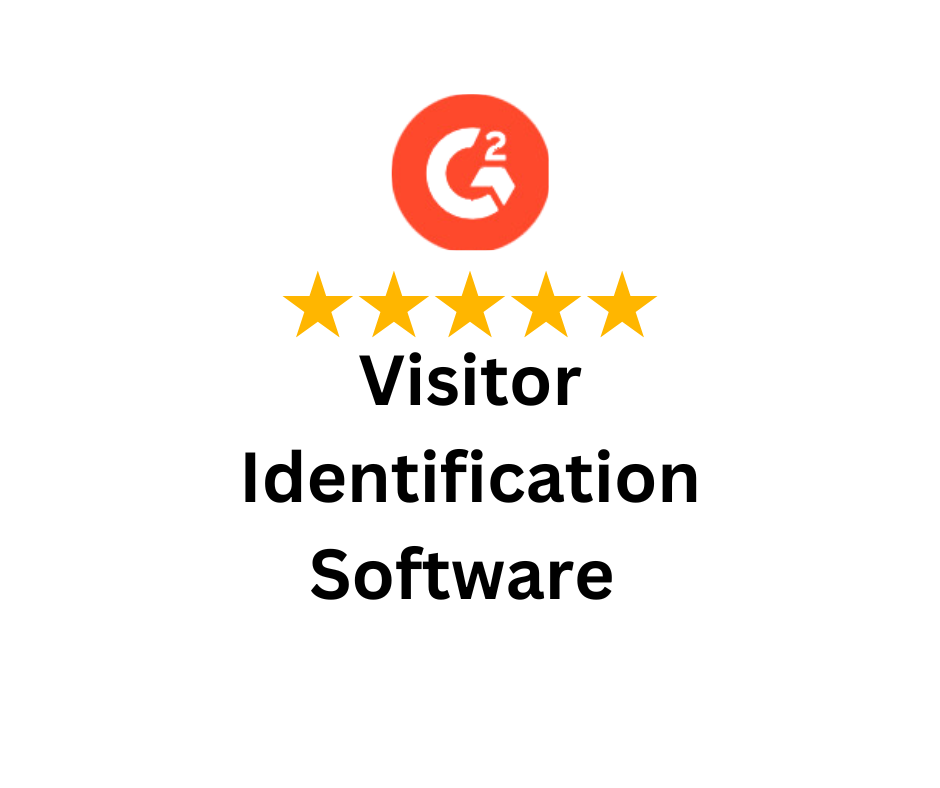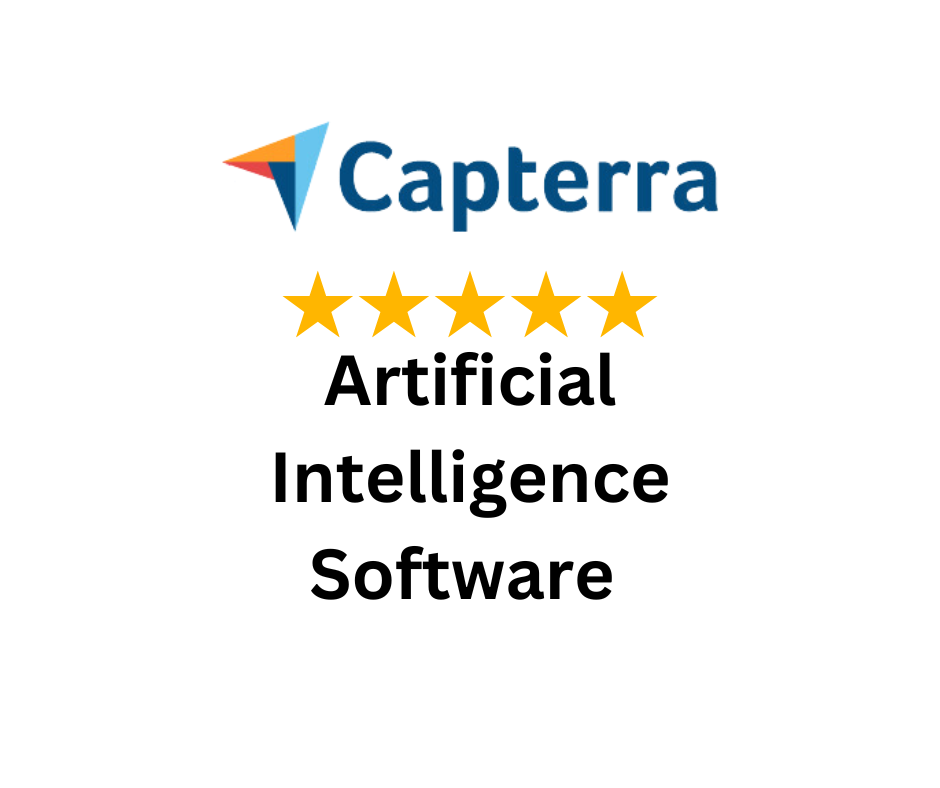Digital advertising has transformed dramatically over the past decade, warding off the need for marketers to negotiate manually with publishers.
Today, programmatic advertising handles these transactions automatically, using sophisticated algorithms that make split-second decisions. But what exactly happens behind the scenes? How does this complex ecosystem function?

One can start by thinking of programmatic advertising working as a stock market for digital ads. Instead of trading shares, we’re trading ad space.
In this approach, every time someone visits a website, an auction begins. This auction happens faster than you can blink. Real-time bidding drives this entire process. Publishers offer their ad space. Advertisers compete for it. The highest bidder wins. Simple concept, complex execution.
Traditional advertising required phone calls, emails, and lengthy negotiations. Programmatic advertising eliminates this friction entirely. Machine learning algorithms analyze user behavior, demographics, and browsing patterns instantly, deciding which ads to show, when to show them, and how much to bid.
No human could process millions of data points in milliseconds. Yet programmatic platforms do this effortlessly, optimizing campaigns while they run.
When someone visits a website for the first time, the website’s ad server recognizes available space on the page.
Within 50 milliseconds, it sends a bid request to multiple advertising exchanges. This request contains the visitor’s demographic information, browsing history, and page context.Demand-side platforms receive this information simultaneously. Each platform represents different advertisers with varying budgets and targeting criteria. They evaluate the visitor’s profile against their campaign requirements.
One advertiser sells running shoes, another promotes cooking classes, while a third offers financial services. Each platform calculates the potential value of showing the visitor their specific ad.
The cooking class advertiser notices that the visitor recently visited recipe websites. Their algorithm increases the bid value. The financial services company sees the visitor’s age and income bracket, which also raises its bid.
Meanwhile, the running shoe advertiser observes the visitor’s fitness app usage. Their machine learning model predicts high conversion probability and submits the highest bid.
All this happens before the visitor’s webpage finishes loading. The winning ad appears seamlessly, as if it were always meant to be there.
DSPs serve as command centers for advertisers. These platforms manage campaigns across thousands of websites simultaneously. They’re like having a team of expert media buyers working around the clock.
Modern DSPs offer impressive targeting capabilities. Want to reach left-handed violin players in Denver? The platform can probably find them. Behavioral targeting analyzes past actions to predict future interests. Contextual targeting considers page content and surrounding environment.
The most sophisticated DSPs incorporate artificial intelligence for optimization. They learn from every impression, click, and conversion. Performance improves continuously without human intervention, reducing human errors.
Budget management becomes effortless as you can set daily spending limits, and the platform distributes funds across optimal opportunities. Some DSPs even predict when campaigns might exceed budgets, automatically adjusting bids to stay within limits.
Publishers face a different challenge. They have ad space to sell but need maximum revenue. SSPs solve this problem by connecting publishers to multiple demand sources.
Think of SSPs as auctioneers in a livestock marketplace. They want the highest price for each item being sold. Header bidding technology enables multiple buyers to compete simultaneously, driving up prices through competition.
Smart SSPs analyze historical performance data. They identify which advertiser categories perform best on specific pages. While some luxury advertisers might pay premium rates for homepage placements, others may prefer article pages where users spend more time reading.
Yield optimization algorithms predict optimal pricing strategies. They consider factors like time of day, user demographics, and seasonal trends. Revenue maximization becomes scientific rather than guesswork.
Ad exchanges function as neutral marketplaces and facilitate fair transactions between buyers and sellers. Trust and transparency are essential for their success. Open exchanges allow anyone to participate.
Private marketplaces restrict access to premium advertisers. This creates tiers of inventory quality and pricing.
The best exchanges maintain strict quality standards by filtering out fraudulent traffic and ensuring brand safety. Advertisers pay premium rates for guaranteed legitimate impressions.
Real-time bidding, or open auctions, represent pure market dynamics. Every qualified advertiser can participate. Prices reflect true demand and supply balance.
Competition drives innovation and advertisers, using this programmatic advertising mechanism, continuously improve their targeting and creative strategies. Publishers benefit from increased competition among buyers.
However, open auctions can be unpredictable. Bid prices fluctuate based on inventory availability and competition levels. Budget planning requires careful consideration of these variables.
PMPs create exclusive environments for premium transactions. Publishers invite select advertisers to compete for their best inventory.
These arrangements benefit both parties. Publishers receive guaranteed revenue from trusted partners. Advertisers access high-quality inventory with reduced competition. Brand safety improves significantly in private marketplaces. Publishers can exclude controversial content categories. Advertisers avoid appearing alongside inappropriate material.
Programmatic direct eliminates auction uncertainty. Advertisers purchase specific inventory at predetermined prices. It combines programmatic efficiency with traditional media buying predictability.
This model works well for large-scale campaigns requiring guaranteed reach. Brand awareness campaigns often prefer programmatic direct for its reliable inventory access.
Data fuels programmatic advertising’s precision. Without accurate information about users, campaigns would spray randomly across the internet.
First-party data comes directly from advertiser websites and apps. This information tends to be most accurate and valuable.
Third-party data providers supplement this with additional demographic and behavioral insights.
Lookalike modeling identifies new customers resembling existing ones. If successful customers share certain characteristics, the algorithm finds similar prospects. This expands campaign reach while maintaining relevance.
Cross-device tracking follows users across smartphones, tablets, and computers. Modern consumers switch between devices frequently. Effective campaigns must account for this behavior.
Modern display advertising incorporates video, animation, and interactive elements. Rich media formats engage users more effectively than simple image ads.
Native advertising blends seamlessly with publisher content. These ads match the look and feel of editorial content. They’re less intrusive and more engaging. Responsive design ensures ads display properly across all devices, given that today, mobile traffic dominates most websites. Advertisers must optimize creative assets for various screen sizes.
In programmatic advertising working, programmatic video extends beyond traditional pre-roll formats. Outstream video plays within article content. Connected TV brings programmatic precision to television advertising.
Completion rates matter more than impressions for video campaigns. Advertisers pay premium rates for viewers who watch entire videos. Quality content becomes essential for success.
Interactive video elements encourage user engagement. Clickable hotspots, overlay graphics, and branching narratives create immersive experiences.
Streaming audio services offer programmatic inventory across music and podcast platforms. Voice-activated devices create new advertising opportunities.
Dynamic audio insertion personalizes messages based on listener characteristics. Geography, demographics, and listening behavior influence creative selection.
Podcast advertising requires different strategies than music streaming. Listeners often develop personal connections with podcast hosts. Authentic endorsements perform better than generic commercials.
Measuring programmatic success requires sophisticated tracking systems. Multi-touch attribution analyzes complete customer journeys. Single-click attribution misses the complexity of modern buying behavior.
Viewability ensures ads actually appear on screen. An ad loaded below the fold might never be seen. Industry standards define minimum exposure requirements.
Fraud detection protects advertiser investments. Sophisticated bots can mimic human behavior. Advanced algorithms identify suspicious patterns and filter invalid traffic.
User segmentation with a powerful AI tool helps in creating efficient A/B testing to find out what ads are most effective in driving conversions. Persona nudges can be created accordingly. This helps marketers make the best decisions for businesses.

Cross-device measurement tracks users across multiple touchpoints. Someone might see an ad on their phone but purchase on a different device, such as their laptop. Accurate attribution requires connecting these interactions.
Data privacy regulations reshape programmatic advertising strategies for all types of programmatic advertising. GDPR in Europe and CCPA in California establish strict consent requirements. Advertisers must balance personalization without violating privacy regulations.
Third-party cookie deprecation forces industry innovation, while first-party data strategies become increasingly important. Publishers and advertisers must develop direct relationships with users.
Consent management platforms handle privacy compliance automatically. They display consent notices and manage user preferences. This reduces legal risk while maintaining advertising effectiveness.
Artificial intelligence continues advancing programmatic capabilities as part of programmatic advertising mechanism. Computer vision enables contextual targeting based on image content. Natural language processing analyzes text sentiment and topics.
Blockchain technology might improve transparency and reduce fraud. Smart contracts could automate payment processing and performance verification.
Augmented reality and virtual reality advertising will require new creative approaches. These immersive formats demand different measurement methodologies and user experience considerations.
Programmatic advertising represents a fundamental shift in digital marketing. Its complexity can seem overwhelming initially. However, understanding the core principles enables marketers to leverage its power effectively.
Success requires balancing automation with human insight. Technology handles the heavy lifting. Strategy and creativity still remain distinctly human contributions.
The future promises even greater sophistication. Staying informed about emerging trends and technologies will separate successful marketers from those left behind.
Programmatic advertising isn’t just about efficiency. Rather, it’s about delivering the right message to the right person and waiting for the right moment to do it. When executed properly, it creates value for advertisers, publishers, and consumers alike.
Empowering businesses to optimize their conversion funnels with AI-driven insights and automation. Turn traffic into sales with our advanced attribution platform.

